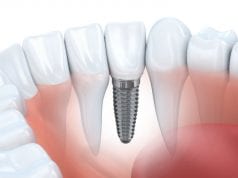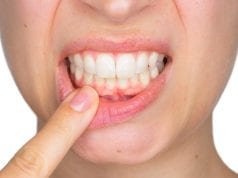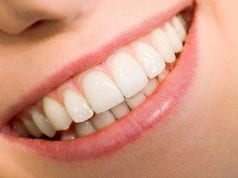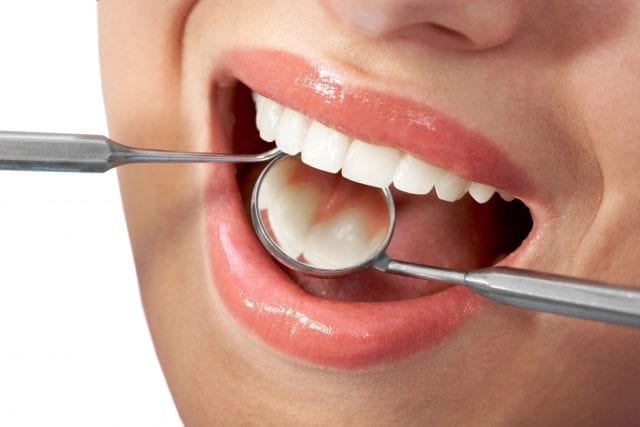
Restorative dentistry is an umbrella term that covers the restoration of either the aesthetics or the function of teeth. Depending on the procedure, you may not need to find a specialist dentist as general dentists are often able to perform a lot of restorative procedures. You may need to visit a prosthodontist or restorative dentist if you need fillings, crowns, veneers, dentures, or implants.
Even if your teeth aren’t in the best condition and you need restorative procedures, your dentist will always try and save as much of your natural tooth or teeth as they possibly can. This is because even though veneers, crowns, and other options can give great results, nothing is as strong as natural tooth enamel.
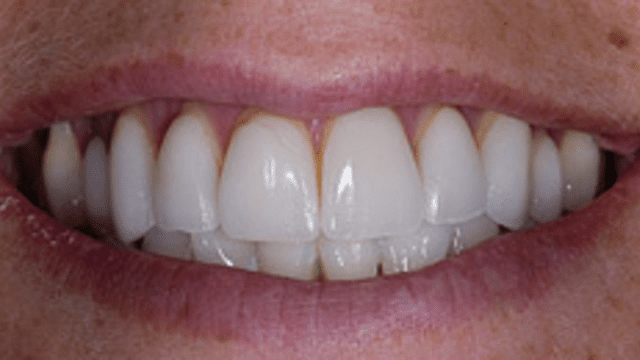
Restorative options
There are two primary factors you should consider before going down the restorative dentistry route – what treatment will work best for you, and what works best for you financially. There are lots of options, but all of them fall broadly into two categories: direct tooth restoration and indirect tooth restoration.
You can find out more about all these options at Golsen Dental.
Direct tooth restoration merely involves restoring the existing tooth in its current form – usually with a composite filling. This can be done straight away, and the existing natural tooth doesn’t need much or any preparation. If the damage to your tooth isn’t on a chewing surface, your filling may be made of resin or even glass.
Indirect tooth restorations involve replacing all or part of the tooth surface, usually with a crown or veneer. Veneers are thin porcelain pieces placed over the front of the tooth to improve its shape and color, and can last without needing to be replaced for years. They also require minimal shaving of the natural tooth. Crowns form an entirely new chewing surface and require the natural tooth to be shaved to about 25% of its original volume. Both crowns and veneers offer lasting, natural results.
Getting into the specifics
Fillings are the most common type of restorative dental treatment. Holes and chips in teeth can be filled with a range of substances including gold, silver, or tooth-colored plastic called composite resin. You’ll usually only need one appointment for a filling.
Bridges are false teeth designed to literally ‘bridge’ the gap created by missing teeth.
They can be anchored on either side by crowns and cemented into place, or can be worn as removable dentures. Molds are taken of the existing teeth and used to create the bridge.
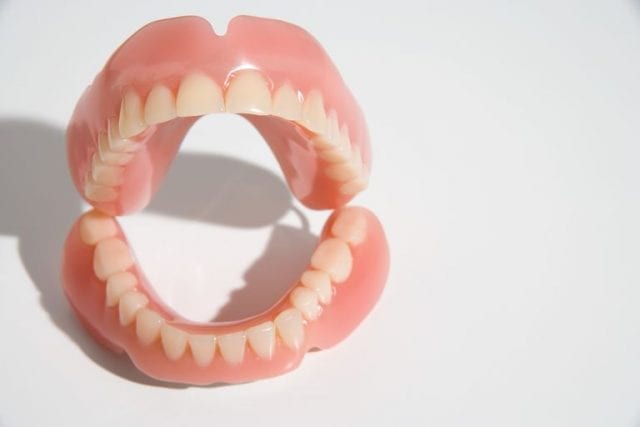
Dentures are a replacement for missing teeth that can be removed from the mouth. It’s generally not recommended to wear them overnight. They are made of resin, and sometimes feature metal attachments to secure them to remaining teeth.
Implants replace not the surface of the tooth, but the root itself. They are made of metal secured into the jaw where teeth are missing, and then covered with a crown. Implants help minimize bone density loss from missing teeth. If there are no remaining teeth, complete dentures are used.

